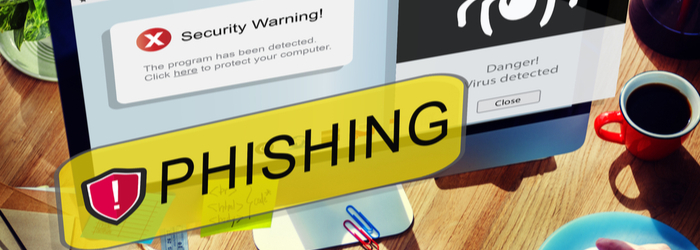Even though it’s been over a year now since the pandemic started and we’ve grown accustomed to the work from home trend, security for remote workers still tends to be lacking. And hackers have been taking full advantage of this gap in security.
The Threats to Your Remote Workforce
Remote work increases the chance your business will be exposed to potential threats. Cybercriminals use many different methods to target remote workers, but the most common include:
• Physical Access: If your employee is working in public and leaves a device unattended, it can be tampered with or stolen.
• Phishing: A team member is emailed, sent a text, or called by someone posing as a legitimate contact that requests sensitive information like passwords or credit card numbers.
• Social Engineering: Information is gathered about your business or employees from your social media and website, and is used to craft a targeted phishing message.
• Ransomware: A criminal uses malware to access a device and the data on it, locking out the user until a ransom is paid.
These are the most common security threats remote workers face today. However, the threat scenario is constantly evolving as hackers devise new methods for an attack.
Reducing the Risk
Educating employees on the risks and the actions they need to take if affected is the best place to start. Here are some steps to keep your data, network, and organization safe.
• Manage Mobile Devices
Whenever possible, remote workers should use company-owned devices. Remind them to follow all company policies and to use their devices only for work purposes. If using personal devices, make sure all security updates are current.
• Prepare Your Team
If an employee has never worked remotely before, the transition can be challenging. Have clear policies in place. Make sure you provide all of the technology and information they need to succeed. Train them on cyber threats and the appropriate response if attacked.
• Protect Their Devices
Use multi-factor identification, password enabled screensavers, set up automatic updates and patches, and make sure turn your team turns off their Bluetooth or Wi-Fi when devices aren’t in use.
Your organization is responsible for protecting any sensitive and private customer information. Taking these steps can help you keep your employees, network, and business safe and secure. Ask us about our solutions that can keep your remote team protected!
Check out our latest webinar “Top 5 Data Security Risks and How to Prevent Them.”
This educational webinar will explain WHY, WHERE and HOW cybercriminals are now attacking small, medium, and large organizations. Hosted by industry experts, this informative session will provide you with a framework to prevent, detect and recover from a data security breach.


